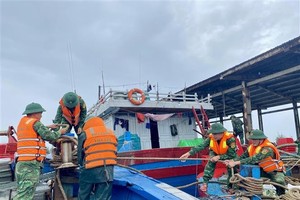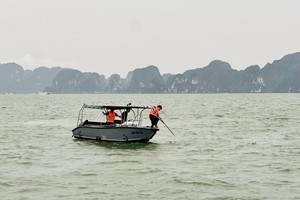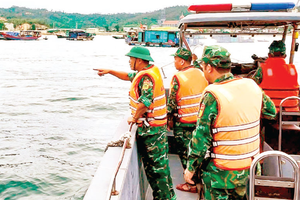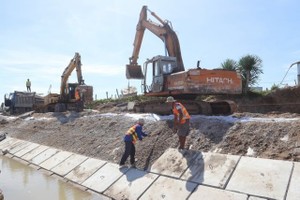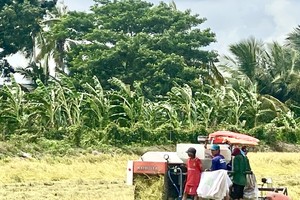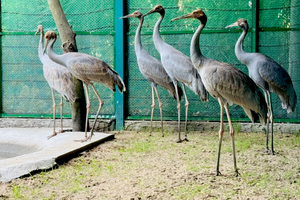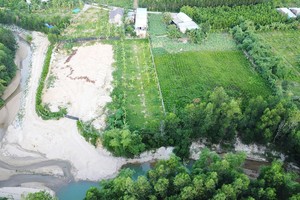The monument dedicated to the victory of Dak To-Tan Canh, 40 km from Kon Tum city is the pride of the Kon Tum people in Dak To District and the Tay Nguyen Highlands in Kon Tum Province.
From 1965, Dak To was used as a Forward Operations Base by the highly classified U.S. Studies and Observations Group (SOG), which launched reconnaissance teams from there to gather intelligence on the Ho Chi Minh Trail across the border in Laos.
Dak To lies at the base of a flat valley, surrounded by ranges and ridges that rise as high as 4,000 feet in places and stretch westwards and southwestwards towards the tri-border region of South Vietnam, Laos and Cambodia.
The western Kon Tum Province is covered by double and triple canopy rainforests, and the only open areas are filled by bamboo groves whose stalks sometimes measure eight inches in diameter.
Landing Zones (LZs) were few and far between for helicopters to land, which meant that most troop movements could only be carried out on foot.
In the anti-US war, Dak To- Tan Canh was the biggest head quarter of the U.S Army and of the Saigon regime which included 28 Infantry Regiments, 6 artillery Regiments, 4 tank platoons and Airborne units.
Nearly 40 years ago, in the spring of 1972, the 10th Division of the People's Army of Vietnam in cooperation with the local army of Kon Tum initiated a series of attacks in western Kon Tum Province. The battle that erupted on the hill, south and southeast of Dak To became amongst the most hard-fought and bloodiest battles of the Vietnam War.
The action at Dak To was among a series of offensives by the People's Army of Vietnam (PAVN) that began during the second half of the year.
The People's Army of Vietnam’s attacks at Lộc Ninh (in Bình Long Province), Song Be (in Phước Long Province) and at Con Thien and Khe Sanh (in Quảng Trị Province), combined with Dak To, became known as ‘the border battles’.
The worst of these took place on April 24, when rockets and shellfire destroyed several aircraft as well as detonated the base's ammunition and fuel depots. PAVN shot down 8 planes and confiscated 8 tanks, attacked 20 artillery units...and captured over 400 war prisoners.
Early in the morning of April 24, 1972, PAVN tanks attacked Tan Canh town and dealt the enemy a surprise attack. Massive amounts of artillery firepower were used, followed by an infantry assault. The battle ended with the uprising of the local people, and Tan Canh town was liberated.
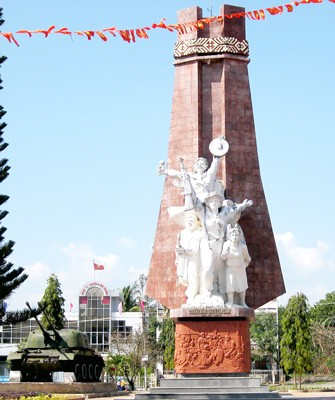
Over the ensuing three weeks, American forces developed a methodical approach to reducing PAVN positions. As these fights were taking place around Dak To, the airstrip became a target for PAVN artillery and rocket attacks.
The victory over the Americans and South Vietnamese in the Battle of Dak To helped liberate tens of thousands of people of ethnic minority in Kon Tum.
This was the fiercest battlefield of the Central Highlands and the strongest base of the USA during the war. Today, Dak To-Tan Canh Battle Field has been recognised as a national historical site.
From Dak To, one can see Phuong Hoang airport that was built by the US across 2 kilometres of Ngoc Hoi District. Some combat trenches are still maintained.
Visiting Dak To, one can explore not only the historical sites but also the culture of ethnic groups in Kon Tum. One can take a walk over a suspension bridge to visit the Sedang ethnic village and learn the unique ethnic culture of the people in the Central Highlands.
